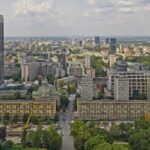The Hiroshima Peace Memorial Museum stands as a powerful tribute to the victims of the atomic bombing of Hiroshima on August 6, 1945. Located in Hiroshima, Japan, the museum educates visitors about the devastating consequences of nuclear warfare while promoting global peace and nuclear disarmament. Through personal artefacts, photographs, and interactive exhibits, the museum provides an emotional yet informative journey into one of history’s darkest moments. It serves as a reminder of resilience, hope, and the importance of peace. Visiting this museum is a profound experience that leaves a lasting impact on all who walk through its doors.
Quick Details
Opening Date: August 24, 1955
Location: Hiroshima Peace Memorial Park, Hiroshima, Japan
Key Features: Atomic Bomb Dome, survivor testimonies, interactive displays, historical exhibits
Notable Natural Attractions: Shukkei-en Garden, Mitaki-Dera Temple, Sandankyo Falls
Wildlife: Birds, koi fish in nearby gardens, seasonal flora
Cultural Significance:Commemorates atomic bomb victims, promotes peace, and nuclear disarmament
Activities: Museum tours, interactive exhibits, memorial visits, peace workshops
Location
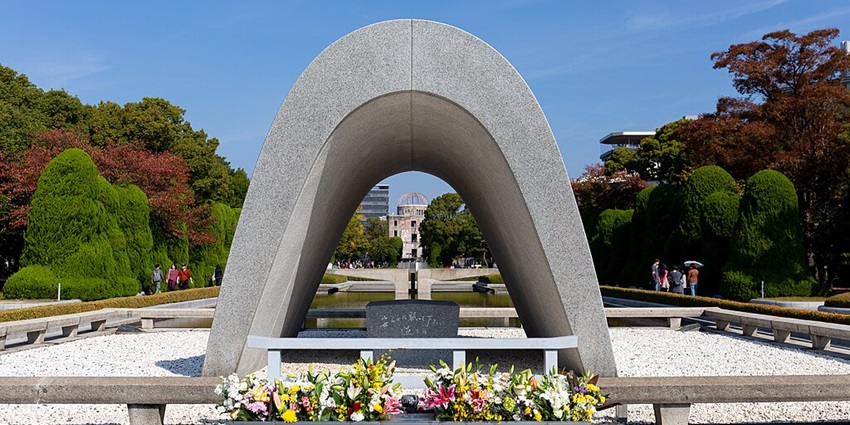
Photo: Balon Greyjoy / Wikimedia Commons
The Hiroshima Peace Memorial Museum is situated in Hiroshima Peace Memorial Park, a vast green space dedicated to the remembrance of the atomic bombing. The park, located in central Hiroshima, is home to various monuments, including the Atomic Bomb Dome, the Children’s Peace Monument, and the Flame of Peace. The museum itself consists of two main buildings: the East Building, which provides historical context, and the Main Building, which displays artefacts from the bombing. The surrounding area is easily accessible and offers a solemn yet inspiring atmosphere, making it a significant cultural and historical landmark in Japan.
How To Reach
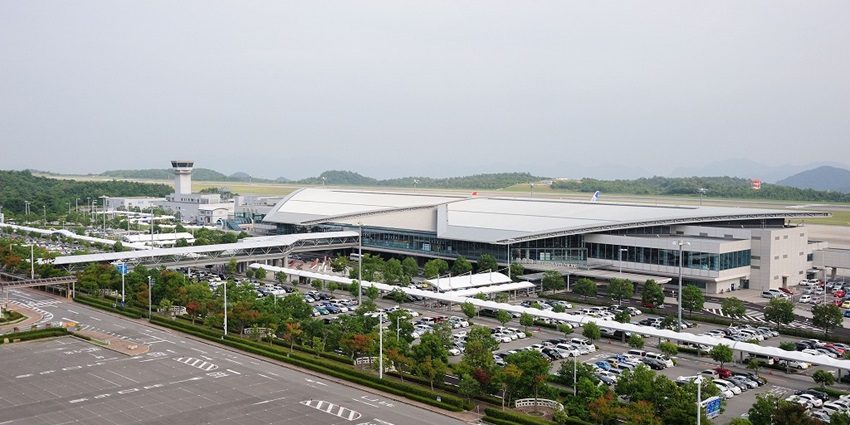
Photo: nattou / Wikimedia Commons
By Air: Fly into Hiroshima Airport (HIJ), then take an airport shuttle or taxi to the museum (approx. 50 km).
By Rail: Take the Shinkansen (bullet train) to Hiroshima Station, then a local tram (Line 2 or 6) to Genbaku Dome-mae.
By Road: Drive via the Sanyo Expressway and exit at Hiroshima IC. Parking is available nearby.
Things To Do
1. Marvel At The Flame Of Peace
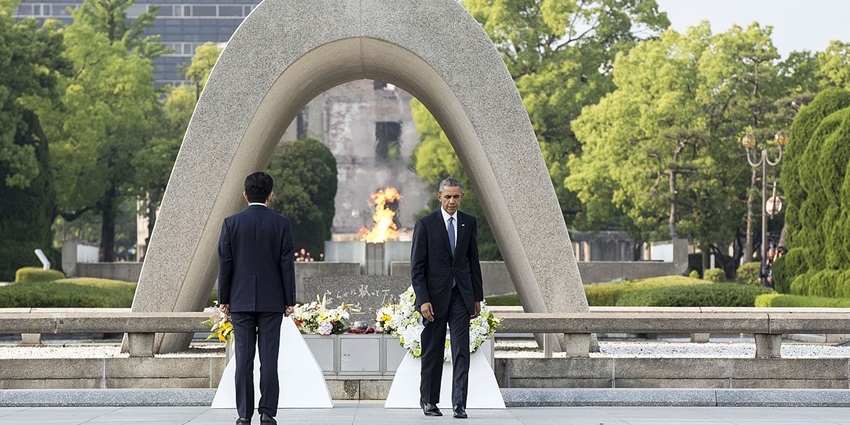
Photo: Pete Souza / Wikimedia Commons
Located in Hiroshima Peace Memorial Park, the Flame of Peace is a continuously burning flame that symbolizes the city’s commitment to nuclear disarmament. It has remained lit since 1964 and will only be extinguished once all nuclear weapons are abolished worldwide. The flame is positioned between the Memorial Cenotaph and the Atomic Bomb Dome, creating a powerful alignment that emphasizes Hiroshima’s message of peace. At night, the flame’s reflection on the surrounding water enhances its solemn beauty, making it a poignant place for contemplation and remembrance.
2. Make Origami Cranes At The Children’s Peace Monument
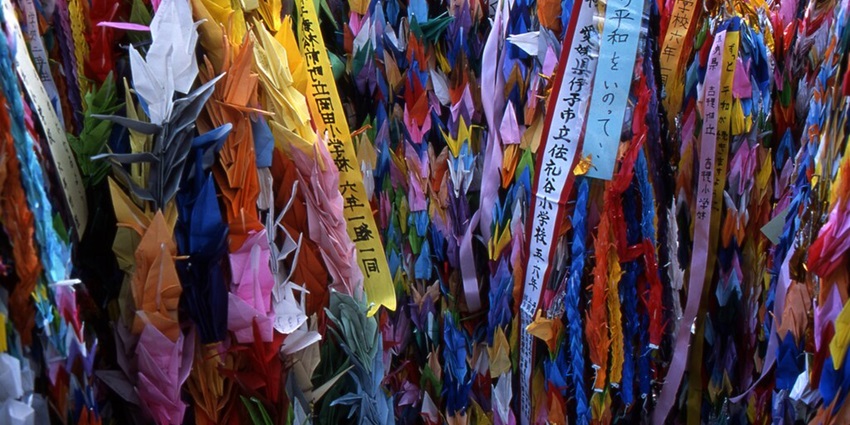
Photo: James..g / Wikimedia Commons
The Children’s Peace Monument is dedicated to Sadako Sasaki, a young girl who developed leukemia due to radiation exposure from the atomic bomb. Inspired by the legend that folding 1,000 paper cranes grants a wish, Sadako began making origami cranes in hopes of recovery. Today, thousands of visitors leave colorful paper cranes at the monument as a tribute to all child victims of war. The sight of these cranes serves as a powerful reminder of resilience and the hope for a peaceful world, making this monument one of the most emotional landmarks in Hiroshima.
3. Witness The Gates Of Peace
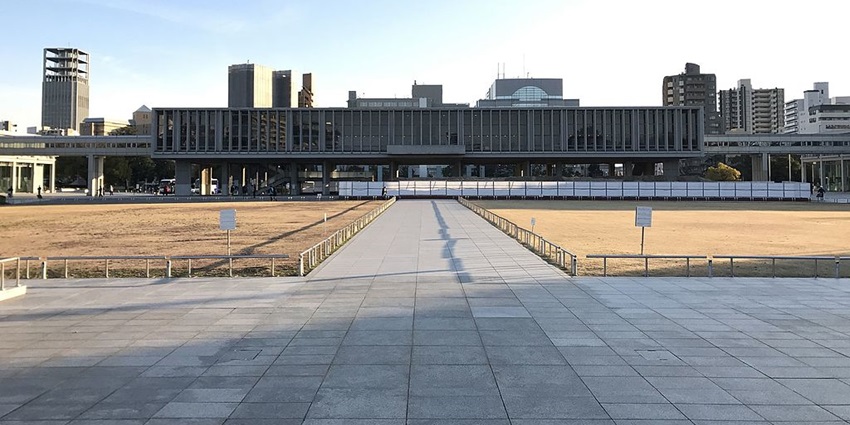
Photo: そらみみ / Wikimedia Commons
The Gates of Peace is a striking monument located close to the museum. This artistic installation consists of ten large glass pillars, each engraved with the word “peace” in 49 languages. The transparent pillars symbolize global unity and the universal longing for peace, allowing visitors to reflect on Hiroshima’s tragic past and its message of reconciliation. Walking through these gates, visitors are reminded of the importance of international cooperation in preventing future conflicts. This modern and symbolic installation adds a contemporary touch to Hiroshima’s history.
Places To Visit Near Hiroshima Peace Memorial Museum
Let’s explore the various places to visit around the Hiroshima Peace Memorial Museum:
1. Hiroshima Castle
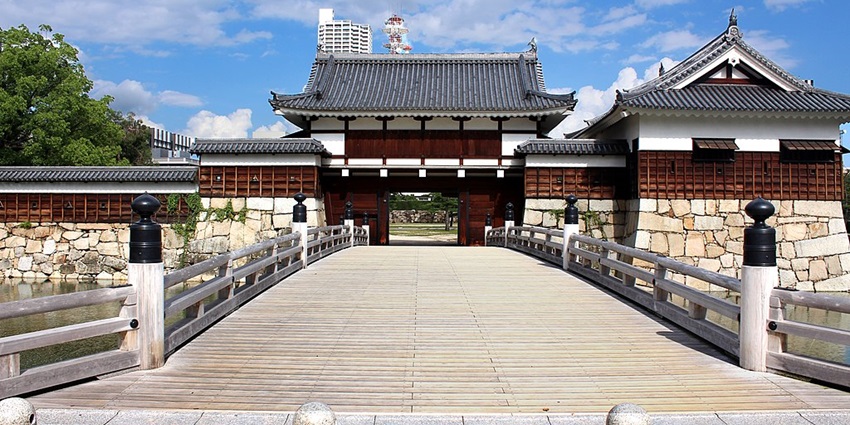
Photo: Madhav Sharma / Wikimedia Commons
Hiroshima Castle, also known as Carp Castle, is a historic site built in 1589. Though it was destroyed during the atomic bombing, it was reconstructed in 1958 and now serves as a museum showcasing Hiroshima’s samurai history. The castle grounds are surrounded by beautiful moat and cherry blossom trees, making it a perfect spot for sightseeing and photography. Inside, visitors can explore exhibits on feudal-era Hiroshima, samurai armour, and ancient weaponry. Climbing to the top of the castle tower provides a stunning view of Hiroshima city.
Location: 21-1 Motomachi, Naka Ward, Hiroshima
Timings: 9 AM – 6 PM
Entry Fees: 370 yen / ₹211
2. Hiroshima Orizuru Tower
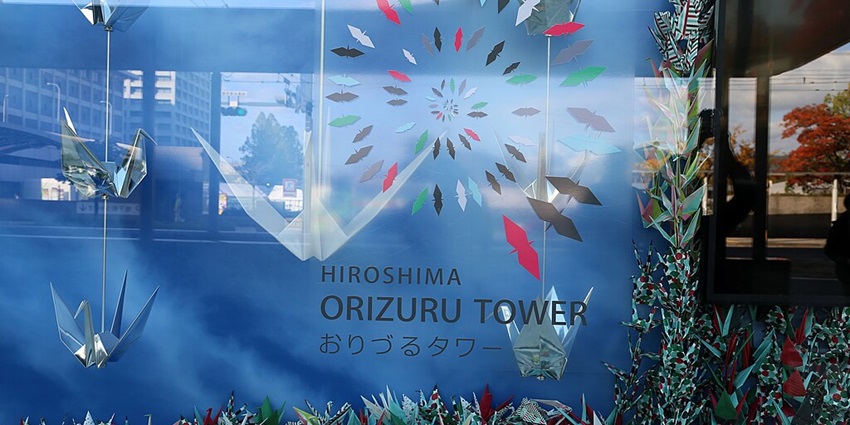
Photo: Sailko / Wikimedia Commons
Located near the Peace Memorial Park, Hiroshima Orizuru Tower is a modern observation deck offering breathtaking views of the city, including the Atomic Bomb Dome. The tower is named after “Orizuru,” the Japanese paper crane, symbolizing peace. Visitors can participate in the Orizuru Wall, where they fold and drop paper cranes into a transparent display. The rooftop provides a 360-degree view, making it an excellent place to reflect on Hiroshima’s past while appreciating its present-day beauty. The tower also has interactive exhibits and a café serving local specialities.
Location: 1 Chrome-2-1 Otemachi, Naka Ward, Hiroshima
Timings: 10 AM – 6 PM
Entry Fees: 2200 yen / ₹1,257
3. Shukkeien Garden

Photo: BennyG3255 / Wikimedia Commons
Shukkeien Garden is a beautifully landscaped Japanese garden in Hiroshima, dating back to 1620. Despite suffering damage from the atomic bomb, it has been fully restored and now offers a peaceful escape from the city’s noise. The garden features scenic walking paths, koi-filled ponds, miniature bridges, and seasonal floral displays. Visitors can enjoy a traditional Japanese tea ceremony at the garden’s teahouse, making it a culturally enriching experience. Whether in cherry blossom season or autumn, Shukkeien provides a serene setting for relaxation.
Location: Kaminoboricho, Naka Ward, Hiroshima
Timings: 9 AM – 5 PM
Entry Fee: 260 yen / ₹148
4. Mitaki-Dera Temple
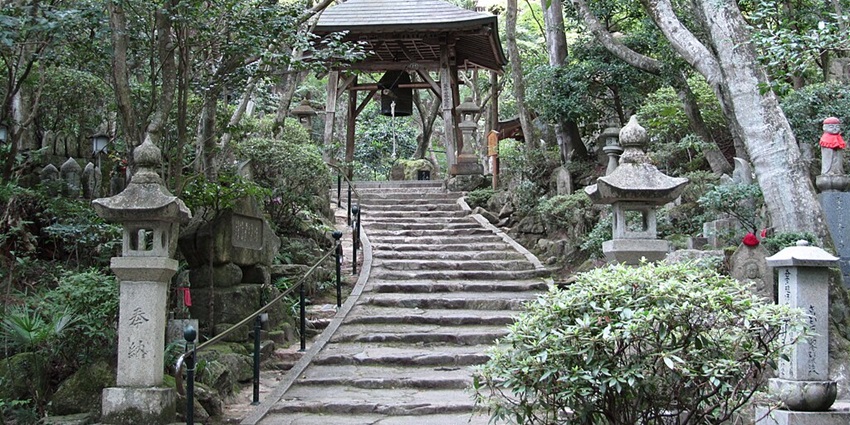
Photo: Binabik155 / Wikimedia Commons
Nestled in the forested hills of Hiroshima, Mitaki-Dera Temple is a hidden gem known for its peaceful atmosphere and historic significance. The temple, established in the 9th century, features traditional pagodas, stone Buddha statues, and a stunning waterfall. The temple grounds are especially breathtaking in autumn when maple leaves create a fiery red landscape. Visitors can explore the temple halls, meditate by the water features, and admire the moss-covered stone structures. It’s a perfect retreat for those seeking a spiritual experience away from the city’s bustling streets.
Location: Mitakiyama, Nishi Ward, Hiroshima
Timings: 24*7
Entry Fees: N/A
5. Sandan Falls
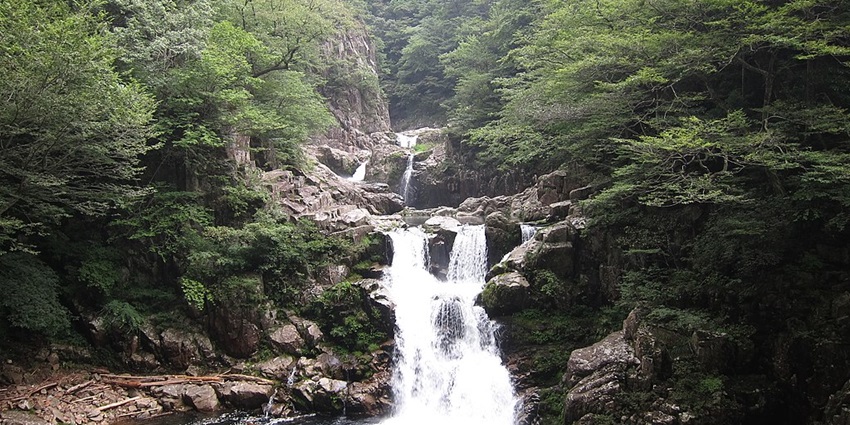
Photo: Kuruman / Wikimedia Commons
For nature lovers, Sandan Falls offers a breathtaking hiking experience just outside Hiroshima. This stunning gorge is known for its crystal-clear waters, lush greenery, and dramatic waterfalls. The hiking trails take visitors through wooden bridges, rocky cliffs, and serene pools, providing an immersive nature experience. The highlight is the three-tiered waterfall, where visitors can take a boat ride closer to the cascading waters. Sandan Falls is ideal for adventure seekers, photographers, and those looking to experience Hiroshima’s natural beauty beyond its historical landmarks.
Location: Akiota, Yamagata District, Hiroshima
Timings: 24*7
Entry Fees: N/A
Where To Stay
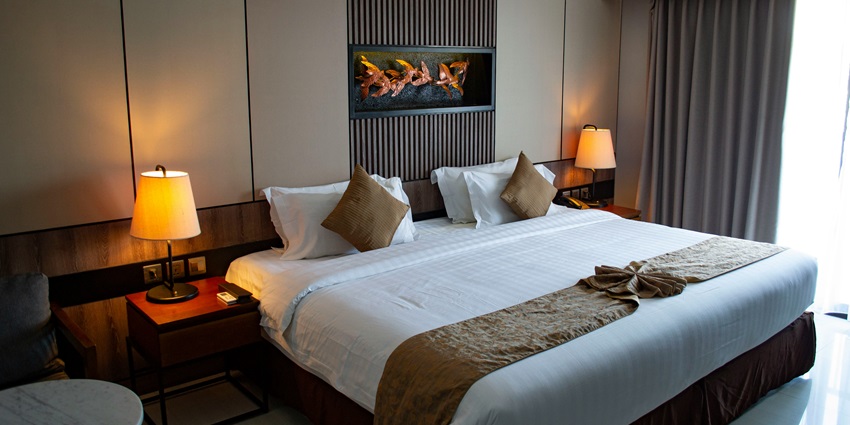
Photo: Vojtech Bruzek / Unsplash / Image For Representation Only
Hiroshima offers a wide range of accommodations, from fancy hotels to budget-friendly stays. Rihga Royal Hotel Hiroshima is a top choice for those seeking comfort and stunning city views. Hiroshima Washington Hotel provides modern amenities at an affordable price, making it ideal for travelLers on a budget. For a more traditional experience, Sansui Ryokan offers tatami-style rooms and authentic Japanese hospitality. Backpackers can opt for Hiroshima Hana Hostel, known for its cosy and welcoming atmosphere. Most hotels are centrally located, providing easy access to the museum and other attractions via the city’s efficient tram system.
Where To Eat
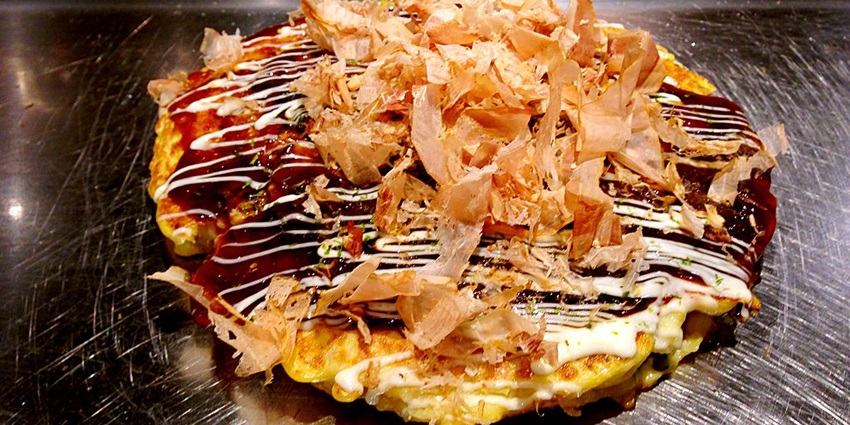
Photo: Zheng Zhou / Wikimedia Commons / Image For Representation Only
Hiroshima is famous for its unique take on okonomiyaki, a layered savoury pancake with noodles, cabbage, and meat. For the best experience, visit Okonomimura, a multi-story building filled with okonomiyaki stalls. Hassho is another popular spot known for its authentic Hiroshima-style okonomiyaki. If you prefer seafood, Uokin serves fresh sushi and sashimi sourced from the Seto Inland Sea. For a more refined dining experience, Nakashima offers exquisite kaiseki (Japanese multi-course meals). Hiroshima also boasts excellent street food, with must-try local delicacies like anago meshi (grilled eel over rice) and momiji manju (maple-leaf-shaped sweet cakes).
Best Time To Visit
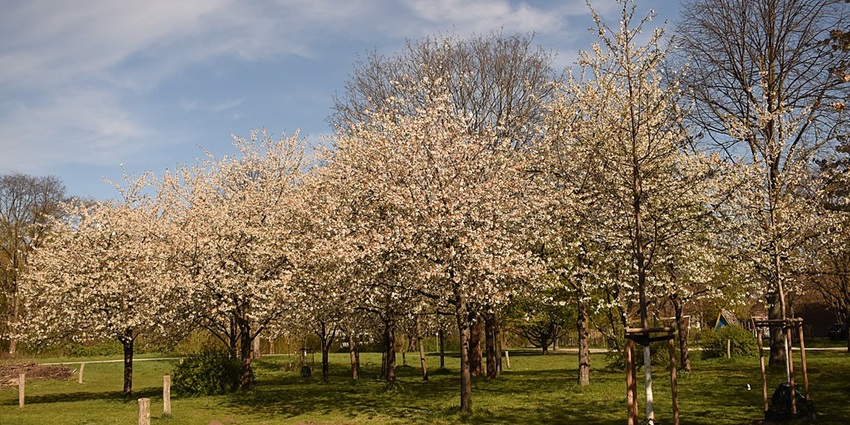
Photo: Bärbel Miemietz / Wikimedia Commons
The best time to visit the museum is during spring (March-May) and autumn (September-November), when the weather is mild, and the city is adorned with cherry blossoms or vibrant fall leaves. Summer (June-August) can be hot and humid, but visiting in early August allows travellers to witness the Hiroshima Peace Memorial Ceremony on August 6, an event dedicated to remembering the atomic bombing and advocating for peace. Winter (December-February) is quieter, with fewer tourists and pleasant sightseeing opportunities. Regardless of the season, the museum’s solemn atmosphere and historical significance make it a must-visit year-round.
Other Factors To Consider

Photo: Rana Sawalha / Unsplash / Image For Representation Only
Tips For Travellers
- Carry Hiroshima Peace Memorial Museum photos and maps for easy navigation.
- Respect the solemn atmosphere by maintaining quiet and dressing appropriately.
- Book tickets in advance to check the Hiroshima Peace Memorial Museum ticket price and avoid long queues.
- Use public transport for convenience, as Hiroshima’s tram system is efficient and affordable.
- Check Hiroshima Peace Memorial Museum timings before visiting to avoid peak hours.
A visit to the Hiroshima Peace Memorial Museum is a deeply moving experience that reminds the world of the horrors of war and the importance of peace. From its harrowing exhibits to its powerful monuments, the museum offers an unforgettable journey through history. Beyond the museum, Hiroshima boasts rich cultural attractions and delicious cuisine, making it an ideal travel destination. Plan a trip with TripXL and explore Hiroshima’s past.
Cover Photo: Naokijp / Wikimedia Commons


 WhatsApp
WhatsApp
 Twitter
Twitter



